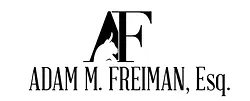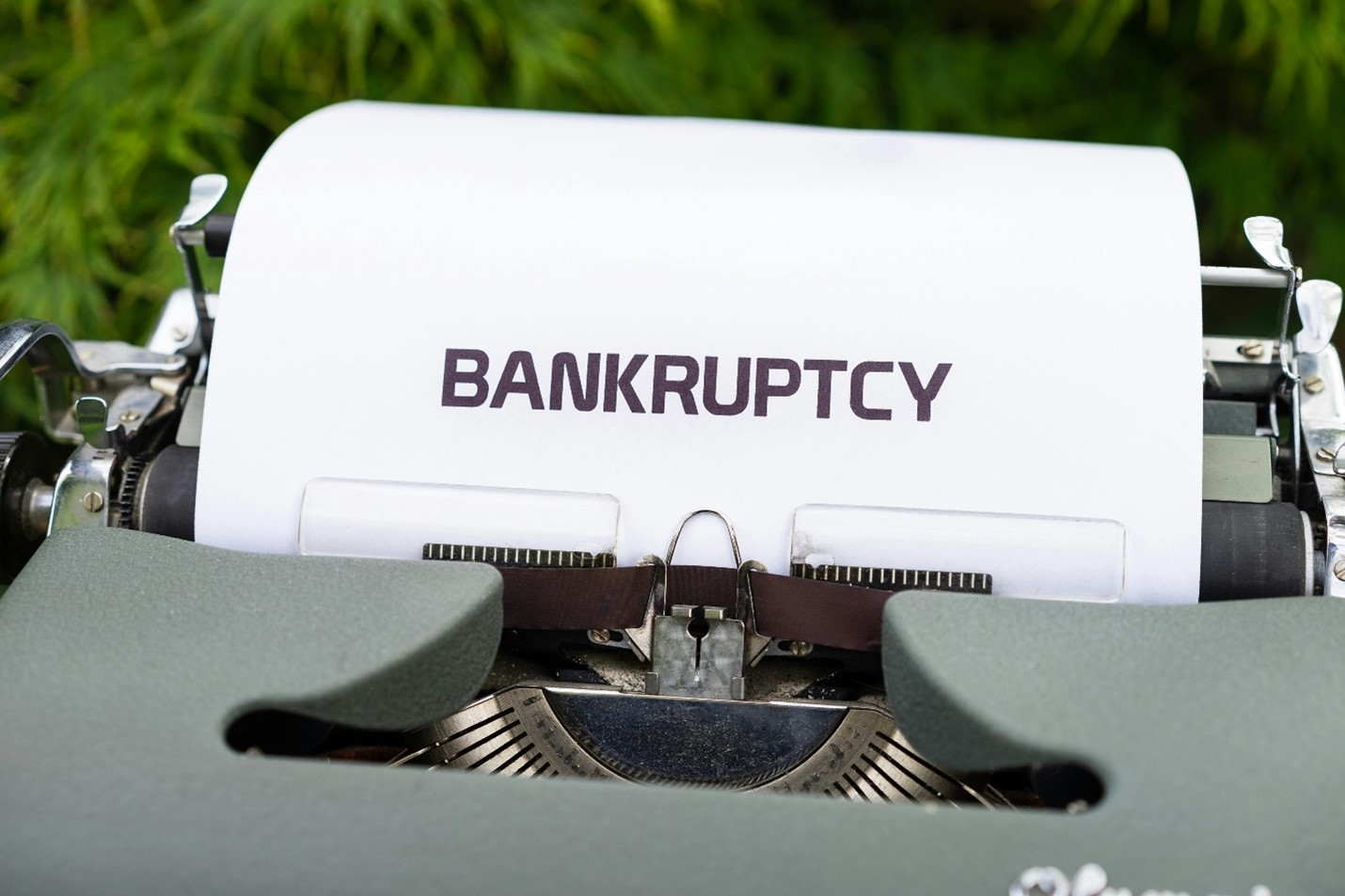Many people struggle with debt and money issues. While Chapter 7 bankruptcy is the easiest option to eliminate debt, many filers do not qualify for it because they make too much money.
This means that Chapter 13 is still an option. Chapter 13 bankruptcy can help you eliminate debt, but it requires a repayment plan. This plan requires amended payment terms such as reduced balances, extended terms, and lower interest rates. This is often referred to as a cramdown.
Cramdowns are defined as reductions in the amount owed to creditors as part of a Chapter 13 bankruptcy filing. Cramdown provisions allow bankruptcy courts to reduce loan amounts despite objections by creditors. As a result, the term “cramdown” comes from the idea that the loan changes are “crammed down” creditors’ throats.
Cramdowns are often used with secured debts, such as auto loans and some personal loans. However, they are not allowed for mortgages on primary residences. This is because cramming down a loan requires it to be paid off within the length of your Chapter 13 repayment plan, which is three to five years. This is often impossible for a consumer to do, as most properties have 30-year mortgages. Trying to pay off a mortgage under such a short period of time would result in a large balloon payment at the end of the plan, which the average bankruptcy filer would not be able to handle.
For most other types of debts, though, cramdowns can be beneficial. Once a consumer pays off the loan, they will own the asset free and clear. This can be great for those who want to keep their vehicle and other expensive assets.
However, there are some exceptions. Cramdowns are generally not available for newly purchased items under federal law. The restrictions depend on the type of property purchased. For example, in the case of a car loan, you must have purchased the car at least 910 days before you filed for Chapter 13 bankruptcy. Otherwise, this would encourage a consumer to buy an expensive new car shortly before filing for bankruptcy and then immediately cram down the loan. This would not be fair to lenders.
There is a one-year rule that applies to all other types of personal property, such as household appliances. Under federal law, a person trying to cram down a loan on personal property other than a vehicle must have purchased the item at least one year before filing for Chapter 13 bankruptcy.
Contact Us Today
Cramdowns are often beneficial to consumers filing for Chapter 13 bankruptcy, even though creditors may object.
The Law Offices of Adam M. Freiman can assist you with your Chapter 13 bankruptcy. We can help you understand what to expect so you can reduce the amount you owe on your debts as much as possible. To schedule a consultation with our office, call (410) 486-3500 or fill out the online form.





